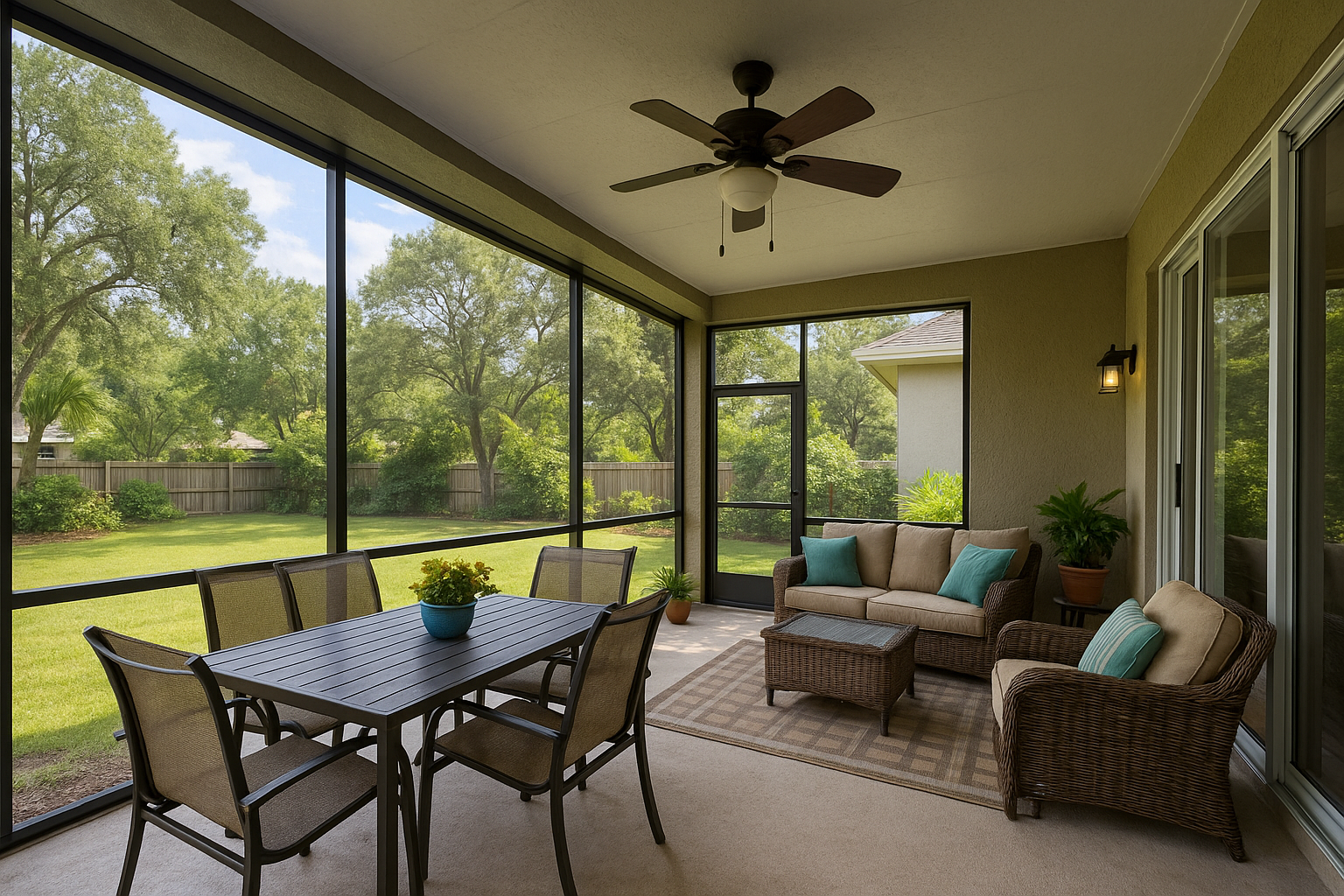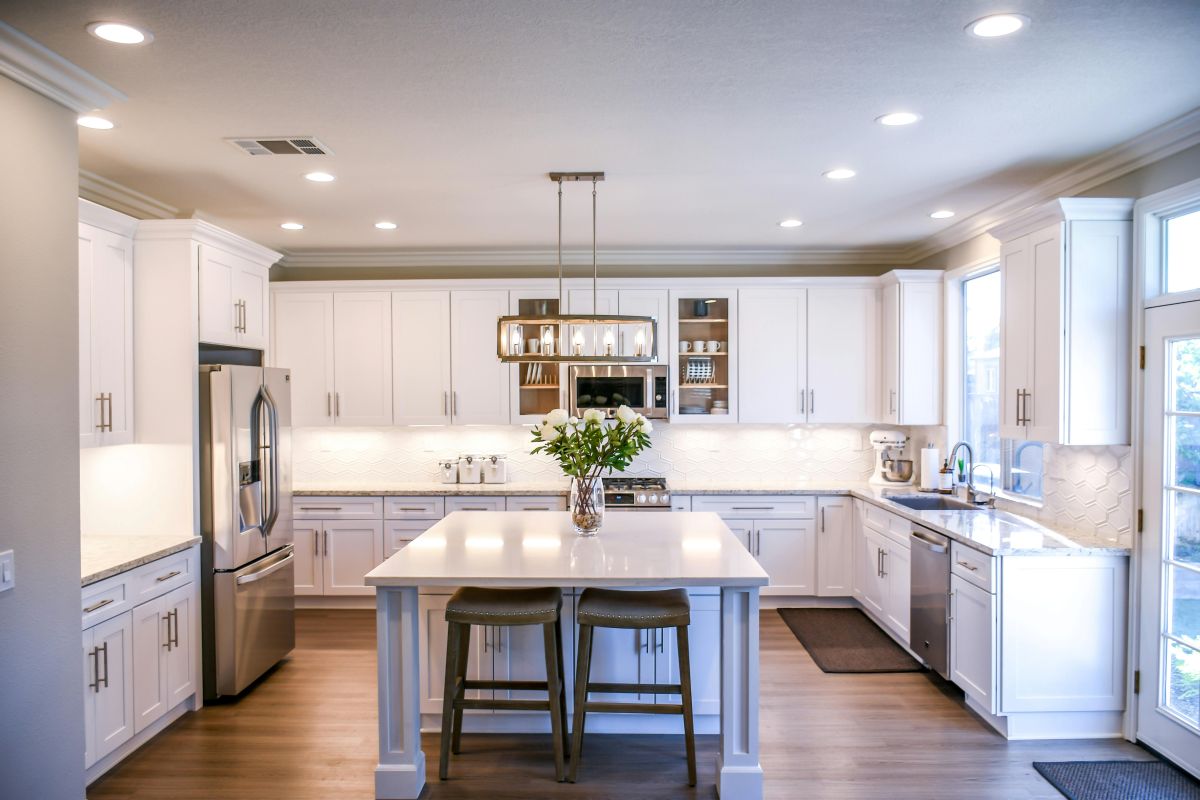By using our website, you agree to the use of cookies as described in our Cookie Policy
a
Rss Feed
ROUGH OPENING MEASUREMENTS FOR INTERIOR DOORS AND THEIR EFFECT ON ROOM LAYOUT AND HOME DESIGN
Have you ever looked at a finished door and wondered what you COULD NOT SEE? Typically, people see the door slab, the inside face of the door jamb and the casing - but what lurks beneath?
Most interior doors are hung on jambs that are 3/4" thick. The better doors will have 3 hinges on doors that are 80" tall and 4 hinges on doors that are 96" tall. These are the two main door heights.
When laying out the interior walls, the doors [single doors] require the width of the slab PLUS 2" for the proper "rough framed opening". The calculation for this is as follows [for a 30" wide door] you have the slab itself that is 30" + [3/4" x 2] for the jamb on each side + 1/2" of clear space for installing the door dead plumb, should the rough framing prove to be a bit out of plumb. Lumber is not perfect and neither are carpenters, so the 1/2" fudge factor is pretty standard in the industry. So net-net a 30" door requires 32" for a rough opening.
The nomenclature of doors is as follows: the width is specified by 2 or 3 numbers that indicate the feet and inches of the door a 2-0 [written 20] is 2'-0" wide or 24" wide, a 2-6 [written 26] is 2'-6" wide or 30" wide, a 2-10 [written 210] is 2'-10" wide or 34" wide. To frame an opening for any of these doors, you merely need to add 2" to the called slab width to arrive at the proper rough opening width!
The standard heights of doors is either 6'-8" [written 68] or 8'-0" [written 80]. There are many specialty heights but these two comprise well over 99% of all doors used in the USA. 8' tall rooms typically use 6'-8" tall doors and 10' or higher rooms typically use the 8'-0" tall doors.
The rough height of the door openings are the height of the doors PLUS 2-1/2" [3/4" for the jamb PLUS 1-1/4" for flooring PLUS 1/2" for leveling].
So using the information above, AS AN EXAMPLE, a door that is 32" wide and 96" tall requires a rough opening 34" wide x 98-1/2" tall! The door would be called a 2880 [28 = 32" wide / 80 = 96" tall].
When figuring out how much space a door needs in a hallway, it is important to allow for the casing on each side of the door. Most homes use [3] 2x4s = 4-1/2", as an "EAR" on each side of the door, this allows for the thickness of drywall [typically 1/2"] and the width of casing 2-14" minimum to the upgraded width of 3-1/4". So, in the example above the 2880 door really takes 32"+2" = 34" + [4-1/2" x 2] = 43" in total width and 98-1/2" in height for rough framing.
You can see how much MORE space is actually required to properly place doors in any design. When arranging multiple rooms off a common hallway, these rough opening requirements can be VERY punitive to the design as they require MUCH MORE SPACE than the door slab would indicate. Many design professionals have never hung a door or even watched one actually being framed on a jobsite, this can lead to errors on plans and required changes in the construction process. One might assume you can merely switch to a slightly narrower door to solve the issue; however, door widths can be extremely important in several cases. Wheelchairs require a minimum of 2'-8" CLEAR [which really means a 2'-10" door as the door itself has width which encroaches on the opening], laundry rooms typically require 28 doors [32"] as most laundry equipment requires the width to be introduced into the room, elevators require a 28 door [32"] for reasonable access and entry doors are typically a bit wider at 30 [36"].
Many designs use DOUBLE DOOR UNITS, particularly for entry to the master bedroom or study, etc. A double door unit typically requires a bit more width as it has a center part called a T-astragal [this is the projection of the "usually" stationary door that allows for the "always" active door to have a positive stop against which to close]. Double doors typically require an additional 1/2" over their combined slab width and jambs and fudge factor. Let's use the example of a double 3068 door unit - a 30 slab is 36" wide so the math is ([2 x 36"] PLUS the jambs [2 x 3/4"] PLUS the fudge factor [1/2"] PLUS the t-astragal [1/2"] = 74-1/2" width x 82-1/2" tall.
Proper designing is not merely creating something that looks good on paper, it must translate to workable dimensions in the field, else the end product will be a disappointment and acrimony. Rather than joy, it will be the overwhelming, though avoidable, status of the building process.
Like viewing an iceberg - what you see is only part of the story!!!
‹ Back






.png)

Comments